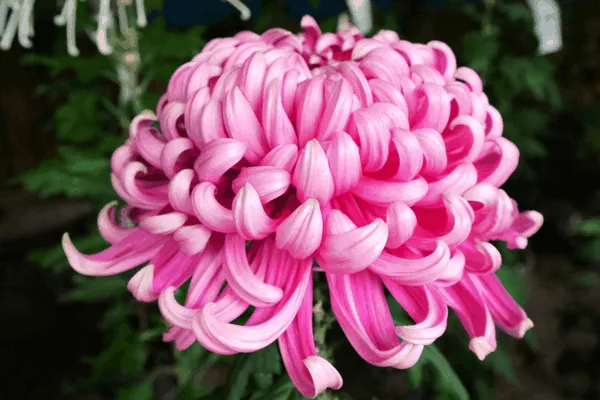In the intricate dance of pollination, bees play a crucial role in the ecosystem. Their ability to seek out and collect pollen from flowers is essential for the reproduction of many plant species. However, not all flowers are equally attractive to bees. One significant factor that influences a flower’s appeal to bees is its color. In this article, we delve into the science behind flower colors and explore which hues are most attractive to these vital pollinators.
The Importance of Bees in Pollination
Before delving into the specifics of flower colors, it’s essential to understand the critical role that bees play in pollination. Bees are one of the most effective pollinators, transferring pollen from the male reproductive organs of a flower to the female reproductive organs, thereby facilitating fertilization and the production of seeds and fruits. This process is essential for the reproduction of flowering plants, including many agricultural crops that rely on bees for pollination.
According to the Food and Agriculture Organization (FAO) of the United Nations, approximately 75% of the world’s food crops depend, at least in part, on pollination by bees and other insects. Without bees, the production of many fruits, vegetables, and nuts would be severely compromised, leading to food shortages and ecological imbalances.
Understanding Flower Colors
Flower colors have evolved over millions of years through a process known as natural selection. Plants have developed various colors to attract pollinators and ensure the successful transfer of pollen. While humans often appreciate flowers for their aesthetic beauty, these colors serve a crucial function in the plant’s reproductive strategy.
The visible spectrum of light ranges from short wavelengths (violet and blue) to long wavelengths (red and orange). Different flower colors correspond to specific wavelengths of light that are either absorbed or reflected by pigments in the flower petals. Bees, like many other pollinators, have specific color preferences based on their visual capabilities and foraging behaviors.
Factors Influencing Bee Preferences
Several factors influence a bee’s preference for certain flower colors:
1. UV Reflectance: Bees can perceive ultraviolet (UV) light, which is invisible to the human eye. Many flowers have evolved to reflect UV light in unique patterns known as nectar guides, which guide bees to the flower’s nectar and pollen.
2. Contrast: Bees are more attracted to flowers with high color contrast against the surrounding foliage. Flowers that stand out prominently are more likely to grab the attention of foraging bees.
3. Nectar and Pollen Rewards: While color is essential, bees are ultimately seeking sources of nectar and pollen to sustain themselves and their colonies. Flowers with abundant rewards are more attractive to bees, regardless of their color.
4. Species-Specific Preferences: Different species of bees may have varying color preferences based on their evolutionary history, foraging behaviors, and the types of flowers available in their habitat.
Colors That Attract Bees
While bees are known to visit flowers of various colors, some hues are particularly attractive to them. Here are some of the colors that tend to lure bees:
1. Blue: Blue flowers, especially those with hues ranging from light blue to violet, are highly attractive to bees. This preference for blue is thought to be related to the way bees perceive UV light. Flowers like lavender, borage, and blueberries often draw significant bee activity.
2. Yellow: Yellow is another color that bees find appealing. Many flowers with yellow petals, such as sunflowers, daisies, and black-eyed Susans, are popular among bees. Yellow flowers typically reflect UV light effectively, making them stand out to bees against the backdrop of green foliage.
3. Purple: Purple flowers, which often have a combination of blue and red pigments, are also favored by bees. Plants like lavender, catmint, and salvia produce purple flowers that attract bees with their color and fragrance.
4. White: While not as conspicuous as other colors, white flowers are still visited by bees, especially at dusk and dawn when their white petals contrast with the darker surroundings. Flowers like white clover, jasmine, and yarrow are known to attract bees despite their lack of bright colors.
5. UV Patterns: Some flowers have evolved intricate patterns visible only in UV light, which serve as guides for bees. These patterns, known as nectar guides or “bee lines,” lead bees directly to the flower’s nectar and pollen sources. Examples of flowers with prominent UV patterns include bee balm and coneflowers.
Conclusion
The color of a flower plays a crucial role in attracting bees, which are essential pollinators for many plant species. By understanding the science behind flower colors and bee preferences, we can better appreciate the intricate relationships that exist in nature. Planting a diverse array of flowers with bee-friendly colors can help support bee populations and promote biodiversity in our gardens and landscapes. As stewards of the environment, it’s essential to recognize the importance of bees in pollination and take steps to protect and conserve these vital insects for generations to come.


